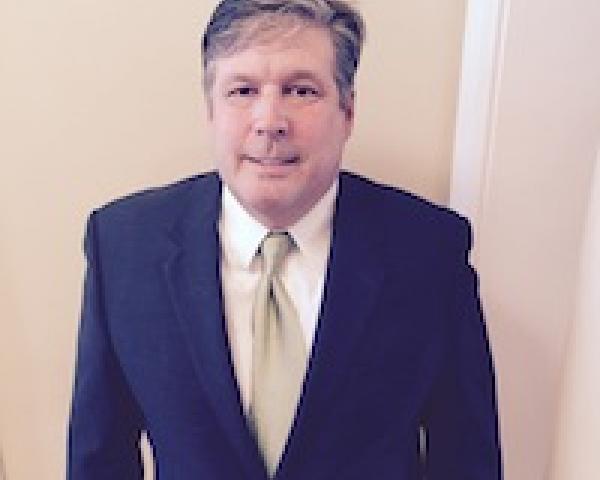Heathcare is changing, creating opportunities but also dangers. Here is where healthcare is changing and why you should care in the insurance industry.
Providers. The physician you once saw and had a relationship with is now maybe a physician assistant or a nurse practitioner. Healthcare has turned care over to "mid-levels" and concentrated physician time on revenue-intense practice like surgeries or high relative-value-unit (RVU) patients such as elderly, as a reaction to the pressure on revenue and proliferation of data, The coding needs to be high for a patient to get physican attention, and the low coders, the healthy, are attended by mid-levels.
A mid-level is paid only a fraction of a physician. Makes sense? Expect care to reflect the nuance of matching. The result will be variation in diagnoses in health benefit insurance and workers' compensation.
Isn't there better data now? Yes, but who has time as a caregiver to be giving it thought? The ACA has driven more people to buy insurance, but that means less time per office interaction. Hospitals have bought physician practices, which now face new effectiveness expectations such as referral level and relative value unit per caregiver.
Caregivers are under enormous pressure to produce at your expense. Who can question "do no harm"?
Insurance industry. If you are a medical malpractice insurer, how does higher-deductible health insurance affect you? How does higher premium for health insurance mean you are at higher risk in offering medical malpractice? Can data be working against you?
The onus of care is now on the patient, and the patient is relying on engagement and education from anywhere it can be found. Google and the Mayo Clinic have teamed up to help by presenting search results verified by suitable medical communities, but the patient is on her own under the direction of a healthcare practice that is inundated with new patients and lots of data she can't get to. And don't forget that the attention is now being guided away from your physician. The standard of care has not changed, but the frequency of visits has lowered, and the time for every visit has decreased. Less care, too much data, too much patient expense and the same expectations of medical care. Not a picture of profit in medical malpractice. Maybe time to raise the price?
Workers' compensation will get hit with increase in frequency and severity as care is slid to less dependable providers. You get what you pay for. One miss is worth a thousand hits in health. Providers are seeing patients too briefly to be always trusted, and the data...the providers are not even looking at the data. They are too busy plugging in data to appropriately spend effort on what it means.
General liability is a scarier risk as more patients mean more chaos and more visitors to the facilities. Who is watching security when the waiting room is packed up? Who is shoveling the lot? By the way, a patient fall is either medical malp-practice or general liability. Forget the $1,200 annual GL premium. Think $2,000.
Cyber liability is a huge concern as hackers get more sophisticated and the stakes in stolen health profile skyrocket.
Insurers can be venture capital. VC has figured out that there is a ton of money in health, but do they know much about health and what it does for insurers? Aetna's CarePass was a great idea that needs to go on. Insurers should get on board with funding innovation. The VC money is slow. Technology is a VC specialty, yet health desperately needs people in play who know health. Physicians generally are not greatly interested in innovation. A tremendous opportunity is here for insurance companies to innovate with technology. Silicon Valley and insurance could team up and solve lots of issues. Now that it Google is out there, it is a great innovator in insurance. The opportunity is to bridge technology and insurance acumen. But VCs like to invest in people they know, like technology folks, so a gap indeed exists. Just saying.
Patients. High deductibles and high premiums for health insurance, combined with busy caregiving and new technology to grasp, mean the patient has a place at the healthcare table, finally, but no one to help much. It is up to the patient to take care of the patient. And your caregiver is very busy now that everyone has some kind of insurance. What a time to be finally given a place at the table.
How long of a visit does a patient get with his provider? Is it enough to rightly ascertain what is going on with a patient? Is surgery really the solution? Does chiropractic seem all that bad, Mr. Insurer? Does the caregiver get managed by how many referrals it proffers? Does the patient need to call the caregiver every time there is a stuffy head? Waiting rooms are filled, and time with the caregiver is down. Having a place at the table should mean more.
Innovators. Lots of techies are going after health care. Do they know healthcare? Not as much as you would hope. The right approach is to find innovators who get insurance and health and then parse technology. Not the other way around. Innovators look for faster capital and more knowledgeable partnership.
Make the data personalized and simple, as even caregivers cannot find time to analyze data. Health has a consumer face today, and lots of people looking for care guidance. The consumers want it simple and mobile. Anybody think insurance could be an available partnership candidate?
Healthcare vertical recombination is a major opportunity in insurance. Are you ready to lead?






